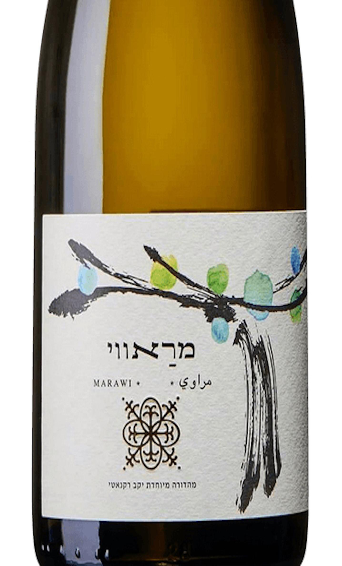Indigenous Wine and Settler Colonialism in Israel and Palestine
In 2008 the first Palestinian wine made from indigenous grapes was released, introducing a discourse of primordial place-based authenticity into the local wine field. Six years later, Israeli wineries started marketing a line of indigenous wines. Since then, a growing number of Palestinian and Israe
















